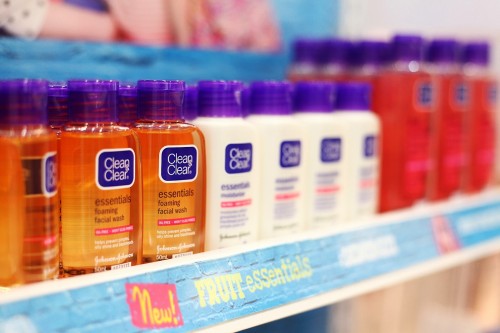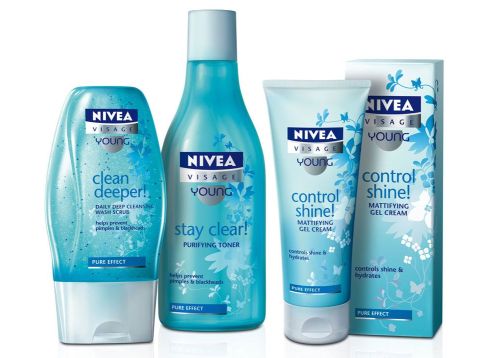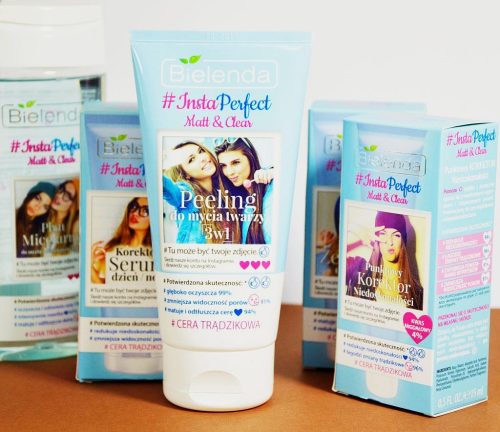
Targeting, choosing the target group, and looking for a product niche refers to one particular issue. In order to really understand those terms, it is worth describing them using a specific example, such as cosmetics for teenagers. While creating a new cosmetic line, a company should accurately identify the recipients of their products and select the proper means of communicating with this group.
Choosing the target group
Manufacturers, while designing a new series of products, carry out numerous marketing research to determine their target. Generally, they look for a group that is least satisfied with the product offerings available on the market. Such research is carried out on a group of people from a wide sociodemographic range. Next, the satisfaction level of particular groups is determined and thus, a particular target group is chosen.
Another way to do that is to pre-set a group that may not be satisfied with the range of products offered to them. People with a common characteristic are then selected so that a company may thoroughly analyse their needs and determine the ways of satisfying them. The criteria for such a selection of subjects may be, for example: allergy-prone skin, specific skin problems, similar views (e.g. vegans), or an interest in a given trend (e.g. organic cosmetics). Their needs are then defined more accurately and a sample product series for this group is prepared.
The best-known brands of cosmetics for teenagers
The market is packed with teen product lines and teenage cosmetic brands. Among heaps of “Young” or “Teen” products, the most visible ones include the Under 20 and Clean&Clear brands. Both series were clearly distinguished from the companies they are a part of. Under 20 is a part of Dr Irena Eris Cosmetics Laboratory, and Clean&Clear belongs to Johnson&Johnson.
However, it is different in the case of cosmetic products for teenagers such as Ziaja NUNO, Nivea Young, and AA Young. They rely on the success achieved by their company brands. On the one hand, such a choice may be beneficial because a well-known brand enjoys certain confidence among consumers. On the other hand, customers may not like the “shredding” of companies that have so far been specialising in products for a completely different target group.
How to choose a communication strategy for a particular target group
Age distinction is rarely introduced among teenage products. 11-year-olds do not have many skin problems, and the problems of 15-year-olds are already very different from those of 19-year-olds. In addition, age targeting is impeded by a different pace of adolescence. Thus, such products should be developed taking into account specific skin problems instead of age of their users.
However, if we really want to distinguish a product among one age group, we can personalise the type of its visual message. An interesting example of that is Bielenda #InstaPerfect cosmetics. The name itself strongly evokes to the Internet culture. It contains a popular hashtag and a combination of the Instant Beauty trend with Instagram, promising perfect complexion. Moreover, vivid colours and patterns on the packaging underline the product’s unique character.
Creating a new product line involves a lot of tedious research into market needs and a subsequent design process tailored to the selected target group. However, all these activities are worth the price because finding your own niche in a very competitive market gives you the best chance of success.
Powrót do listy artykułów












